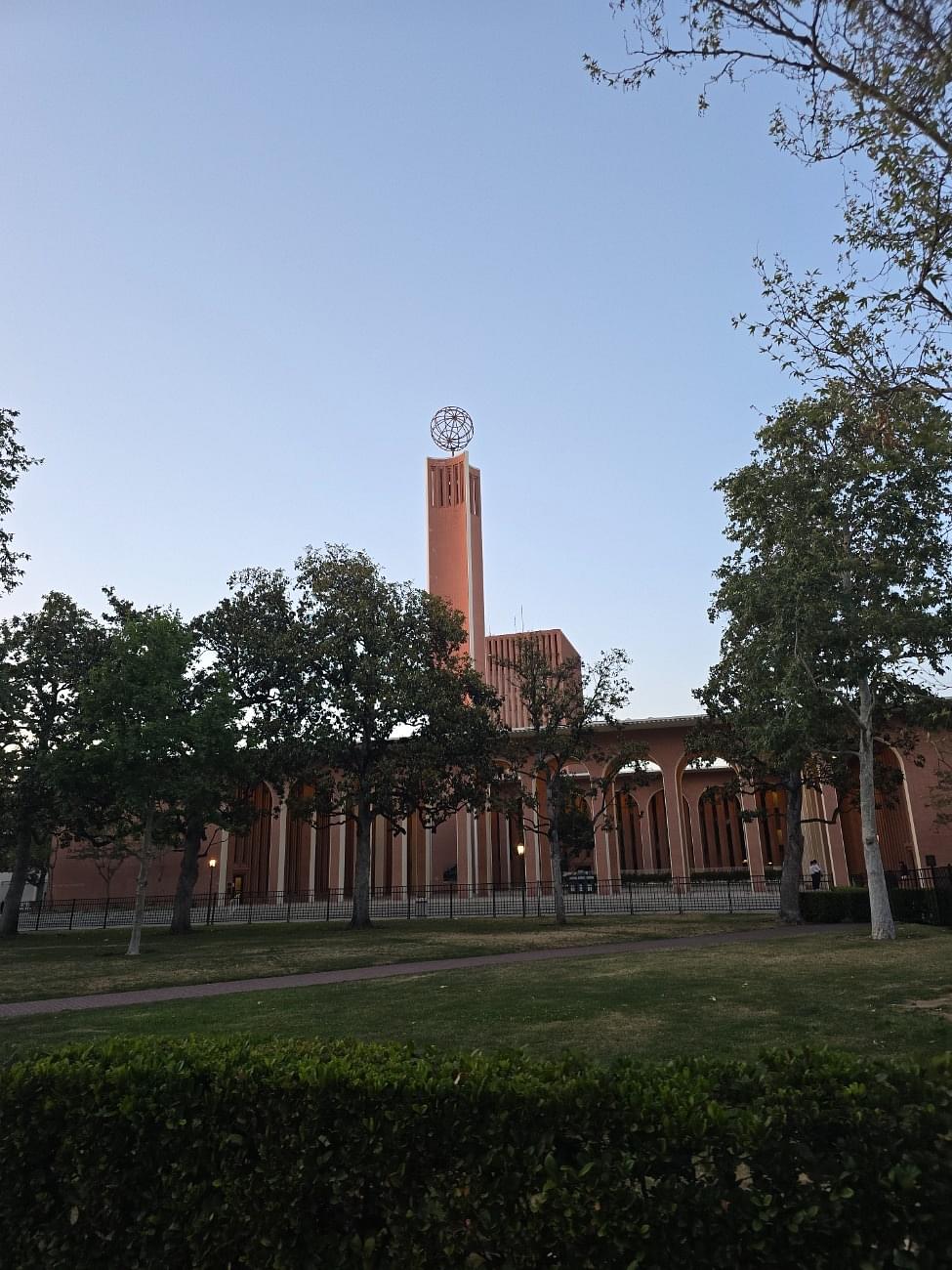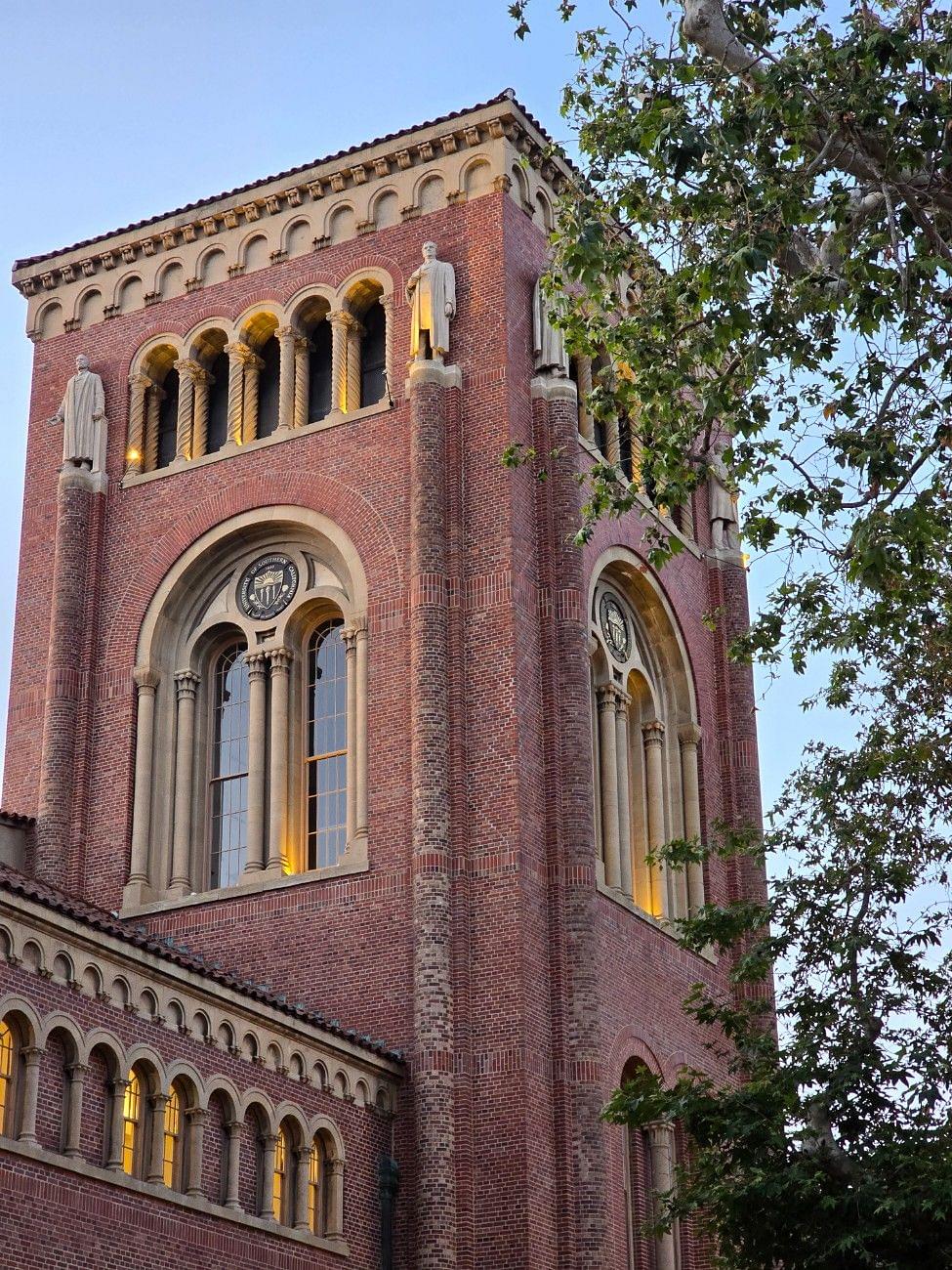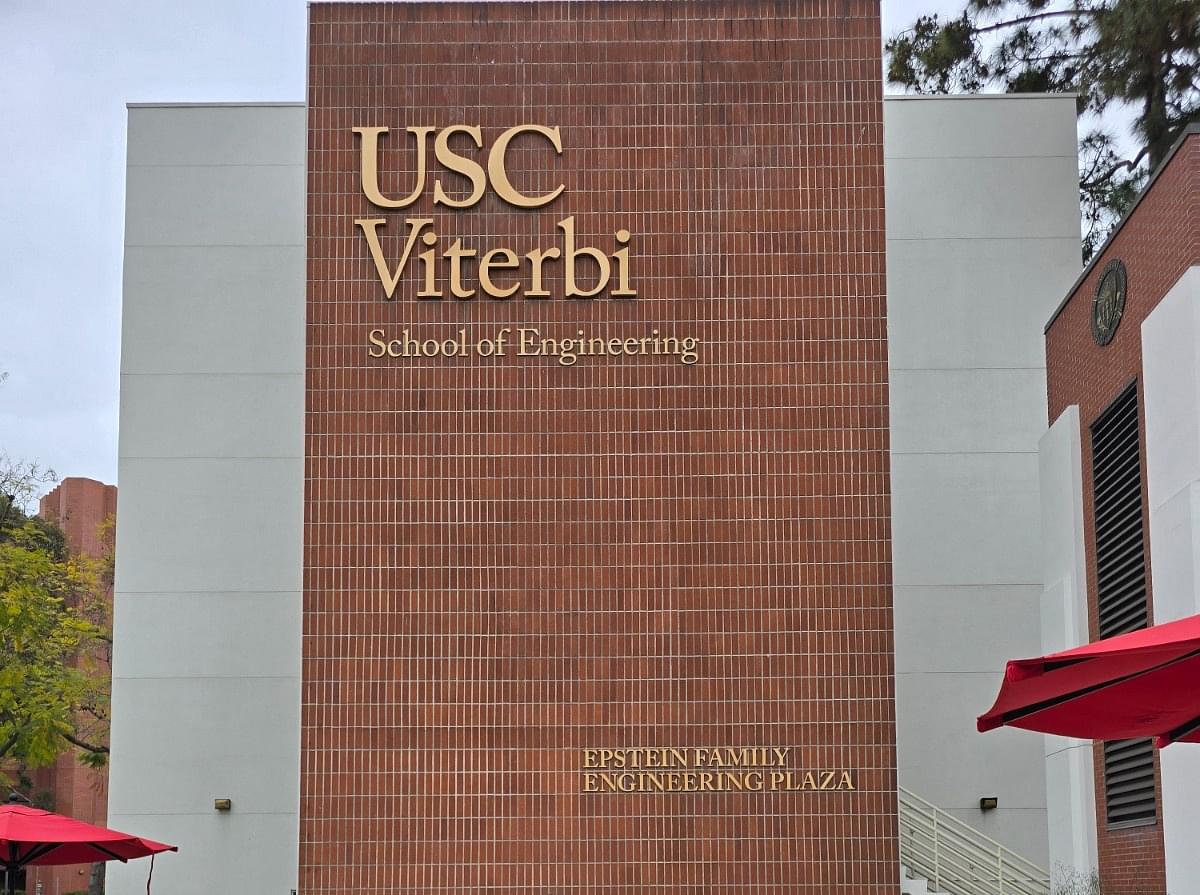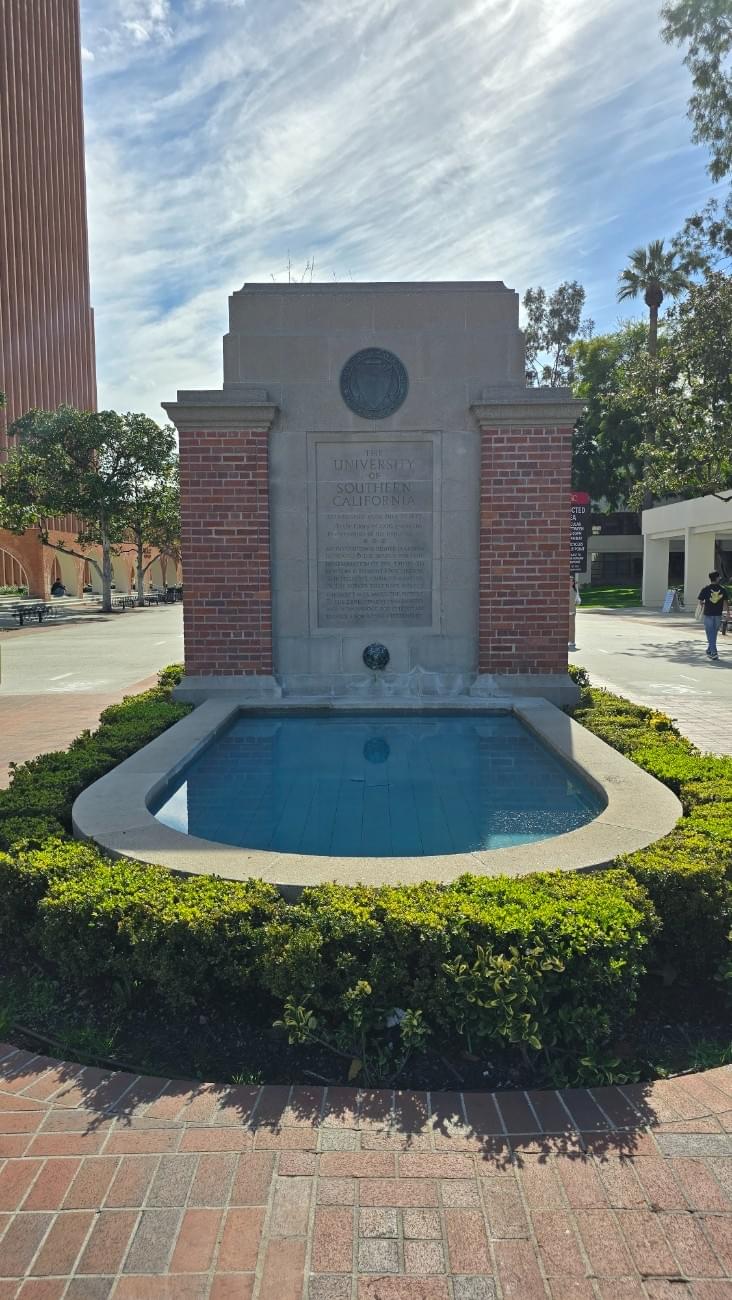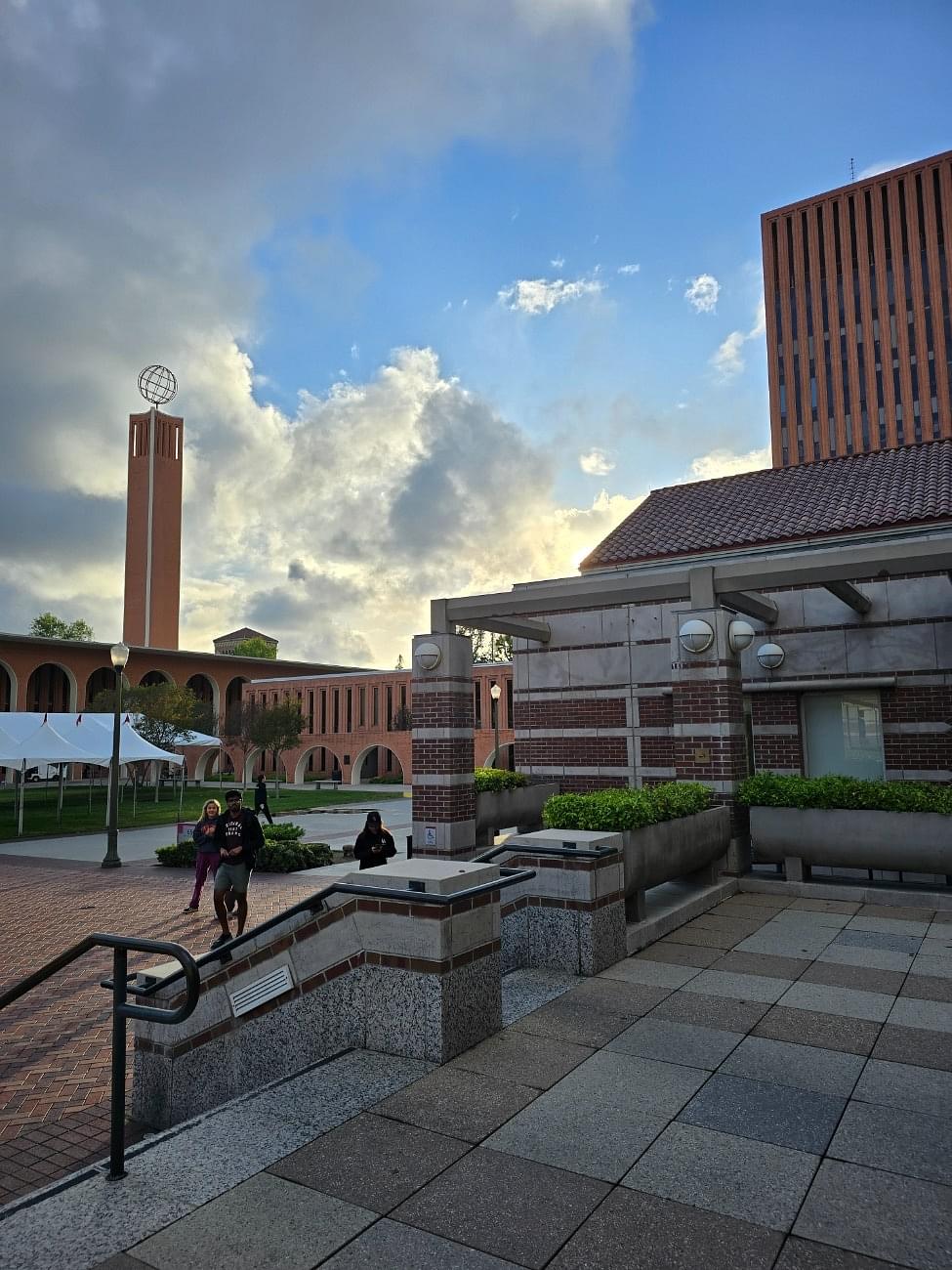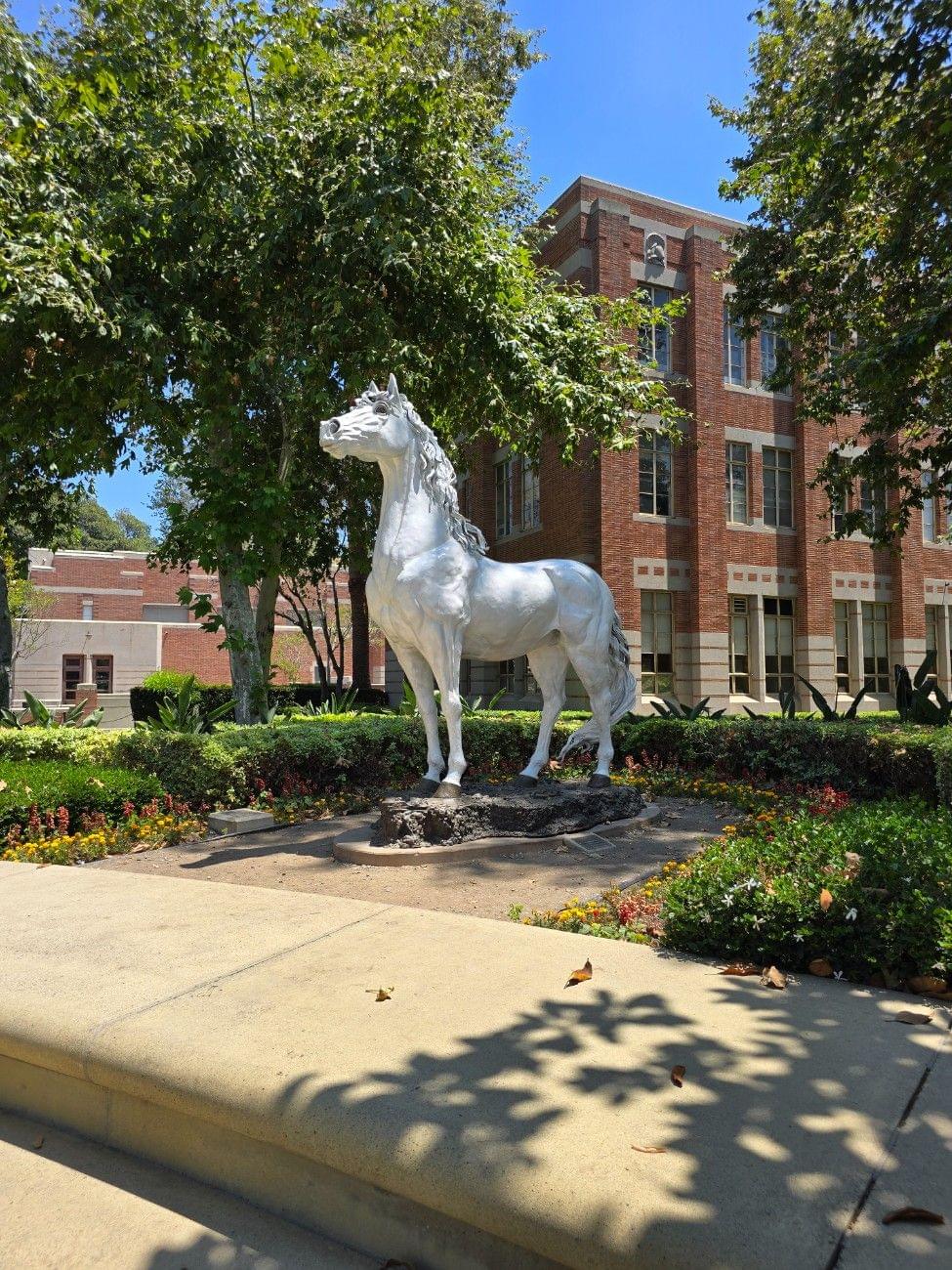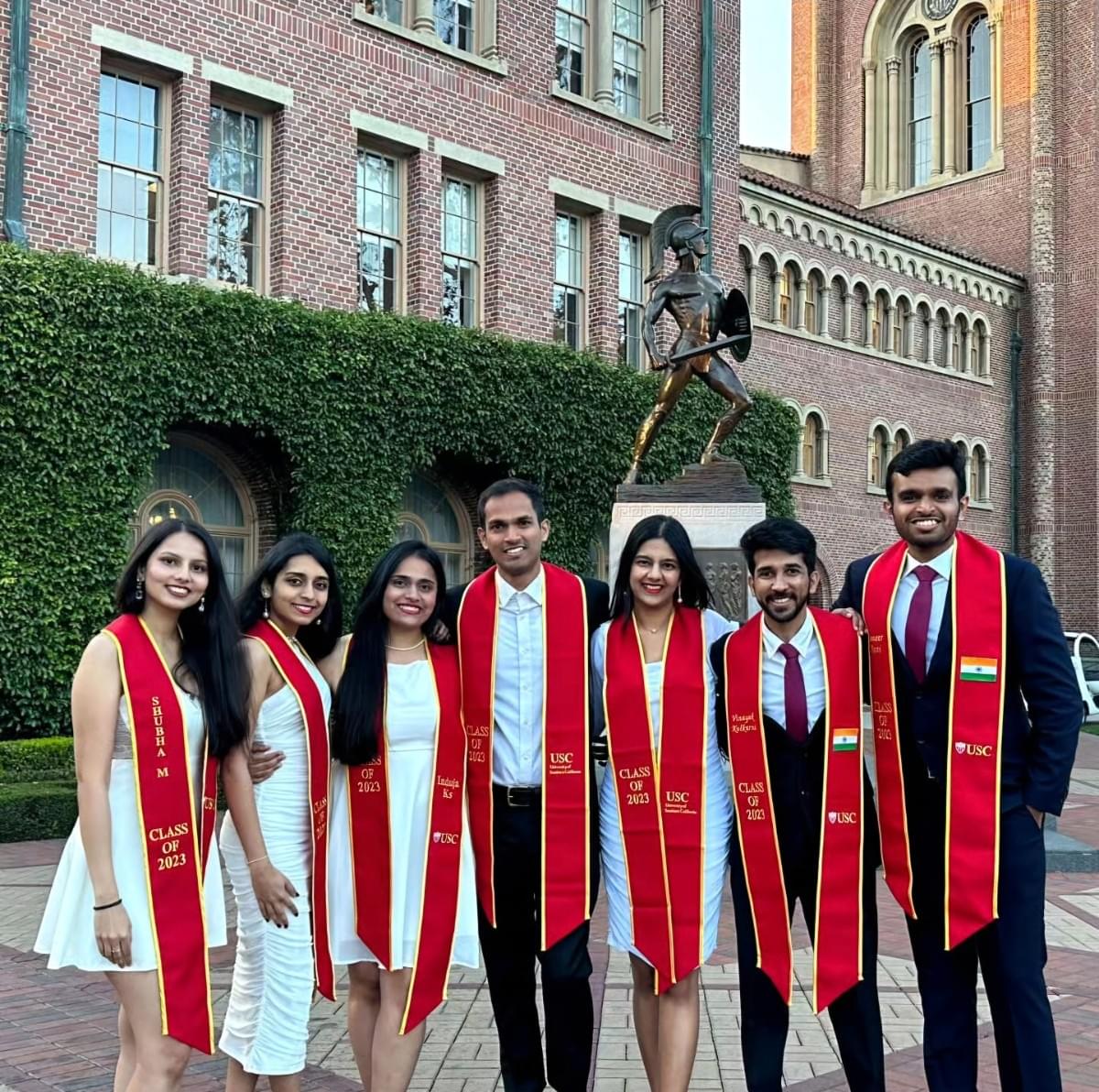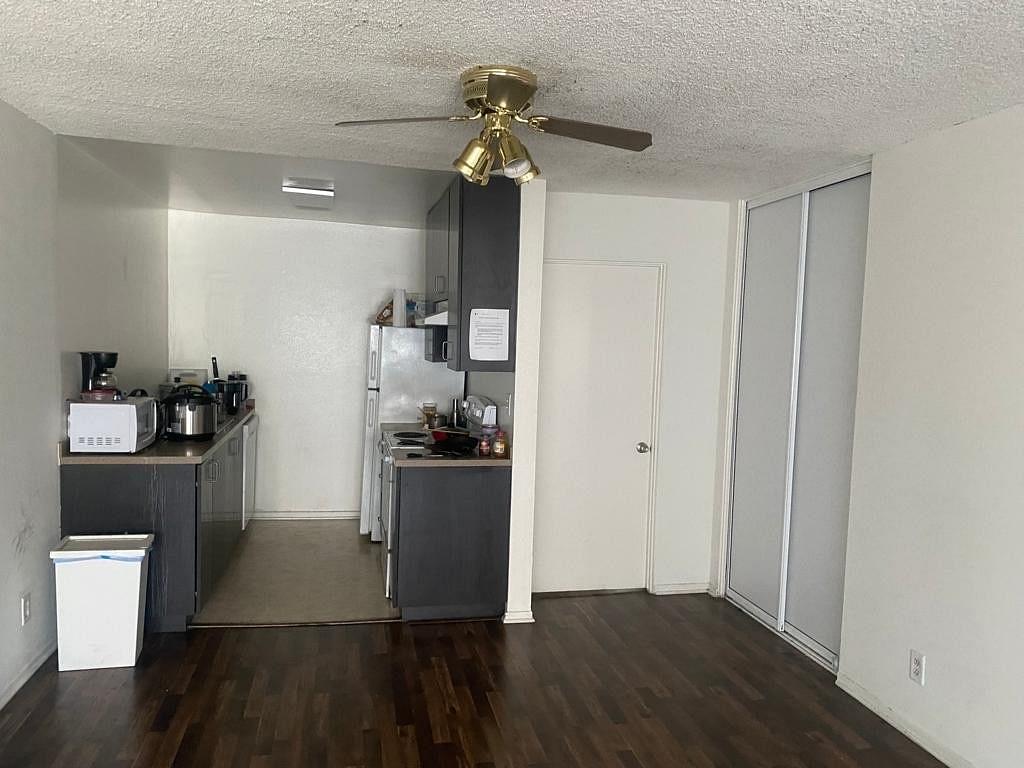What Students Say
Likes
- Only 2 courses per semester
- Many subjects and specializations to choose from
- Engaging campus events and food
Dislikes
- Some courses were not engaging enough
- Career Fairs were not fruitful
- Extremely limited Scholarships
Course Curriculum
- It was very manageable. I would rate the difficulty as 2/5 with 1 being very easy and 5 being hard. The courses were a mix of practical and theory. Many subjects had more emphasis on theory, while some subjects were entirely practical.
- Less emphasis on memorizing was a big positive. Negative would be that professors were over-reliant on Student grader and Teaching assistants
- I had 4 classes per week. Usually 4 hours per day. Two days a week. Depends on the subject. Some subjects had 60, and some had 30.
- Indian students form about 40%-50% of the intake. I would say roughly around 300 in my batch.
Admission Experience
-
I applied to the following universities:
- University of Michigan—Rejected
- University of Southern California—Admitted
- University of Wisconsin–Madison—Rejected
- University of California, Davis—Rejected
- I applied to only ambitious universities and to the above 4 alone. My undergrad CGPA was 8.9 which could have been the main factor in the above rejections. I was also not desperate to get into a university that I could easily get into. I was ready to take my chances and settle only for the top ones.
- USC was the only admission I received.
- Online applications required payment of application fees, 2-3 recommendation letters, a statement of purpose, a personal statement, a TOEFL score (IELTS accepted too) and other personal documents like marksheets, etc. After the decision was rolled out, a non-refundable commitment fee of $500 (this fee will be later used towards first-semester tuition) was to be paid along with submission of Financial proof to finance the education required to receive an I-20.
- A good undergrad GPA (nothing specified as a cutoff, but anything above 8.0 – depends upon the undergrad university and branch as well as the specialization chosen for the master's). English Exam—TOEFL/IELTS (no official cut-off). GRE was optional
- The admission process was smooth. No challenges, really. I applied for Fall but got admitted for Spring which was also a blessing in disguise.
- I applied for Fall 2022 but received a deferred admit for Spring 2023. USC was the only admission I received, making it more straightforward to choose it.
- I applied to the University of Southern California for a master's in Applied Data Science during the second week of December 2021. I received an update on my application during the third week of May 2022 that my admission has been deferred to Spring 2023. I was given one month's time to accept the deferral. After accepting the deferral, I received the I-20 in October. Classes started in January of 2023.
Faculty
- 1 faculty for every 40 students. I feel it's a good enough ratio. However, professors usually deliver lectures and leave. We have student teaching assistants that generally solve doubts. Professors are available for a limited time post lectures.
- Faculty use slides to deliver lectures. They assign self-study portions as well. Each week there is homework submission, which is graded. Most courses have a project component. Equal importance is given to homework and projects along with the final exam. This is fairly sufficient to understand the subject. May not be entirely enough to secure a job.
- Yes, many faculty members help by sharing Linkedin posts or referring us to their network for jobs.
- Prof. M. Reza Rajati, who teaches Machine Learning. He goes from basics to the depths very well. He makes use of his ipad to write and illustrate concepts. He is also very active on Linkedin and helps students with referrals.
Campus Life
- USC is located in Los Angeles. They have two campuses—one for Health Sciences and the other for all other degrees. They are located to the South and West of Downtown Los Angeles, respectively.
- Both campuses are equipped with multiple gyms, swimming pools, libraries, football fields, basketball courts, beach volleyball courts and on-campus hospitals.
- Spring Fest and Fall Fest happen in Spring and Fall semesters. The AIS Indian Student club hosts Holi and Diwali celebrations on a very big scale. Many other ethnicities have their own clubs and events and all are welcome to participate
- Multiple student organizations are run in the university by students. Indian Student org, Women In Engineering org, Indian Dance Club, Book Reading club, Undergrad Student Org., etc. These clubs engage students in various club-related activities and events throughout the semester. Basketball and American Football are the most popular sports on campus, with great rivalries between schools.
Part Time Jobs
- Roughly 30-40 students in a batch of 600 students secure TA and RA positions.
- Teaching assistants are paid $25 an hour and can work up to a maximum of 20 hours a week based on the professor's requirement. RA and DAs get paid slightly less depending on the nature of their work.
- Front desk workers, support staff in labs, some technical jobs like data analysts, etc. Minimum pay is $17 an hour and can go to $20 an hour. 20 hours allowed per week max
- It takes a lot of time to secure one. You need to have good contacts with seniors to get jobs. Almost everyone wants to get an on-campus job but the availability of positions doesn't match the demand. So you need to apply early and seek referrals.
- The range is $17 to $25 an hour based on the nature of the job. It is quite difficult to get an on-campus job. Most students get it only in the second semester. USC has an online portal for jobs. Students have to submit their resumes whenever a job opens up. Shortlisted candidates are interviewed and selected based on the interview. Some jobs are known by word of mouth and it is best to get referrals for such.
Placement
- Given the current job market, 60-70% may secure a job within 6 months. I know about 10% that have struggled to get a job even after a year.
- $70,000 to $140,000 base salary can be expected for new grad roles.
- Usually through internships, Linkedin, Glassdoor, Indeed and websites of popular companies like Amazon, Google, etc.
- Almost all the students placed have formerly interned in that company to have it converted to full-time. Some prominent Roles and Companies of my batchmates - Data Scientist at Apple, Data Scientist at Discover, ML Engineer at Meta, Data Scientist at Amazon, AI Engineer at Nvidia
- Apple, Nvidia, Microsoft, Amazon, Meta, Deloitte, and EY are the major companies that hire.
Accommodation
- I searched using Whatsapp groups, Telegram groups and through seniors for initial accommodation. Then looked through websites like Apartments.com and Zillow.com
- $850 for a shared room in a 2-bedroom, 2-bathroom unit. Apartment had a swimming pool and a coin-operated laundry-dryer machine.
- I didn't have as many challenges, as I was able to contact the right friends to get my housing sorted out.
- Make sure to ask about roach issues. Try to share apartments with known people or at least have phone calls with them before moving in with them. Leases are usually for one-year terms, so make sure you find good roommates. Consider going for a private room if your budget allows. If sharing, go with known people or try to see compatibility with strangers.
- Less than 0.5 miles from campus. Most Indian students live off campus in a 1-mile radius.
Exams
- English proficiency exam IELTS and TOEFL are accepted. I gave the TOEFL test. The GRE was optional and was not considered as a factor for admission. I did not take the GRE test. It was also during COVID. Therefore, the GRE was not strictly required.
- Statement of Purpose, Personal Statement, 2-3 LORs, Resume, Undergrad mark sheets and transcript.
- There was no interview.
Fees
- Tuition: $80,000 Living Expenses and other misc.: $21,000
- It is credit-based. Per credit cost is $2543 for a master's in the Engineering school. Varies by School and degree
- Rent: $850 for a shared room in a 2-bedroom, 2-bathroom apartment. Electricity and other utilities (gas, trash, Wi-Fi): $85, Transportation: approx. $40, Groceries: $120, Miscellaneous: $100
Scholarship
- Roughly 30-40 students in a batch of 600 students secure TA and RA positions.
- Teaching assistants are paid $25 an hour and can work up to a maximum of 20 hours a week based on the professor's requirement. RA and DAs get paid slightly less depending on the nature of their work.
- Front desk workers, support staff in labs, some technical jobs like data analysts, etc. Minimum pay is $17 an hour and can go to $20 an hour; 20 hours are allowed per week max.
- It takes a lot of time to secure one. You need to have good contacts with seniors to get jobs. Almost everyone wants to get an on-campus job but the availability of positions doesn't match the demand. So you need to apply early and seek referrals.
- The range is $17 to $25 an hour based on the nature of the job. It is quite difficult to get an on-campus job. Most students get it only in the second semester. USC has an online portal for jobs. Students have to submit their resumes whenever a job opens up. Shortlisted candidates are interviewed and selected based on the interview. Some jobs are known by word of mouth and it is best to get referrals for such.


